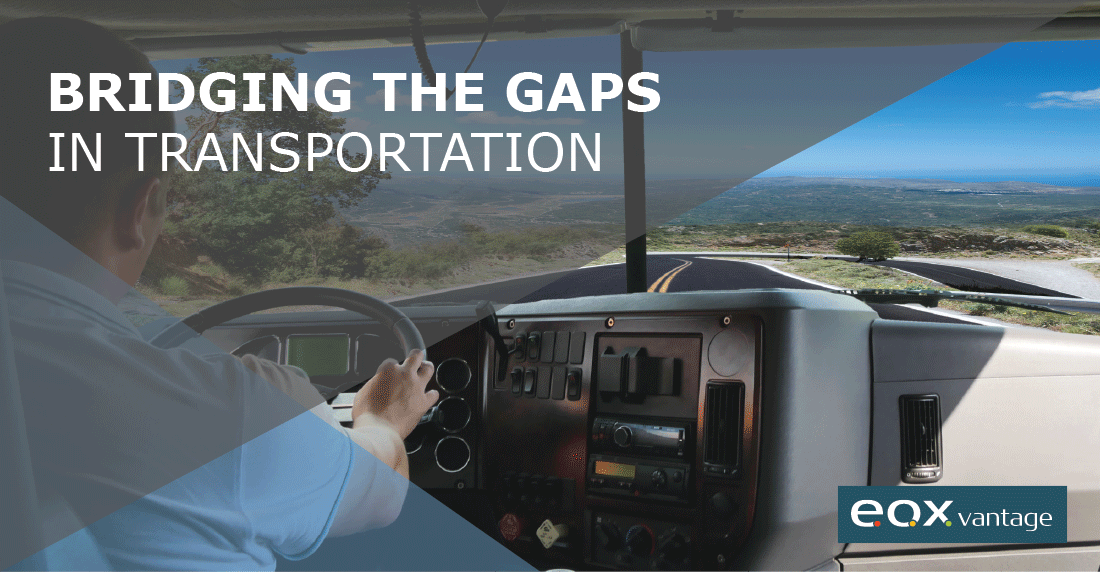
Gap analysis seeks to find and correct the reasons that drive differences between desired/projected outcomes and actual results. The gaps for each company will naturally be different. When we think of the transportation industry taken as a whole, these are a few examples of typical gaps:
- Fuel costs - Understandably, fleets want to control their fuel costs. Outside of certain technological/mechanical improvements (that could be financially unfeasible) like more efficient engines, the optimal solution is usually improving your routing to burn less fuel. Systems often select a route based on distance or practicality - but can leave out fuel efficiency. The supposed best route might use more fuel, for instance because of border crossings or rush hour traffic snags. Hence, a gap exists from anticipated fuel costs to what is achieved.
- Driver turnover - Retention is always a concern. With driver turnover rates often in the 90th percentile, retention is nowhere near where anyone wants it to be. Retention goes up when drivers feel valued and that they can trust the company. There is an obvious gap between what drivers want and the operational parameters and processes that might not be serving them as well as they could be. Setting up an automated, proactive communications system to keep drivers notified and feeling recognized can help, as can embracing a digital platform to enhance onboarding and training practices.

- Safety - There might be a knowledge gap between driver and dispatch. Is there a safer route the driver is familiar with? Would or could the driver take it if not directed otherwise by the home office? The goal here would be to align the company decision, possibly driven more by profit margin considerations, with a potentially different decision made by the driver, which might be influenced more by safety and the urge not to be in hazardous conditions - a main concern of the company as well!
What is causing all these gaps? They most often happen because improper data analysis leads to faulty decision making. Transportation is plagued by swaths of unstructured data in incompatible sources and unintegrated technologies, as well as disparate systems and departments all holding onto their own data, creating a silo that keeps the data from reaching others.
Data clarity, visibility, control and value are key to business success in the 2020s. Wide, prevalent gaps like those experienced in the transportation industry can best be addressed by getting data under control and working for you. Third-party software integrations can also help disseminate information to all team members who need it and avoid the time and effort wasting pitfalls of app overload.
When data can be standardized, then pulled together for real-time display and viewing across the entire enterprise, it enables much more effective decision making. The linked articles from the last three paragraphs will give you a good starting point of how to structure, gather and unify data for best use.
Leveraging your data can provide precious context to most any situation. Let's say there are two drivers, both of whom are accounting for thousands of miles of hard braking. On the face of it, these drivers are essentially doing the same thing and performing the same way. Without further data analysis, it's hard to say what is happening beyond bad driver behavior.
By digging into the data, you could find that one driver routinely has a route that takes her through the rush-hour gridlock of a big city, while the other has been driving on the interstates of a relatively sparsely trafficked state like North Dakota.
Knowing these further facts, you probably would not want to treat these driver behavior cases the same - but without proper data visibility and control, it would be difficult not to. So, get your gaps narrowed with best data practices and a system that lets you drill down and get to the roots of the issues facing your business.



